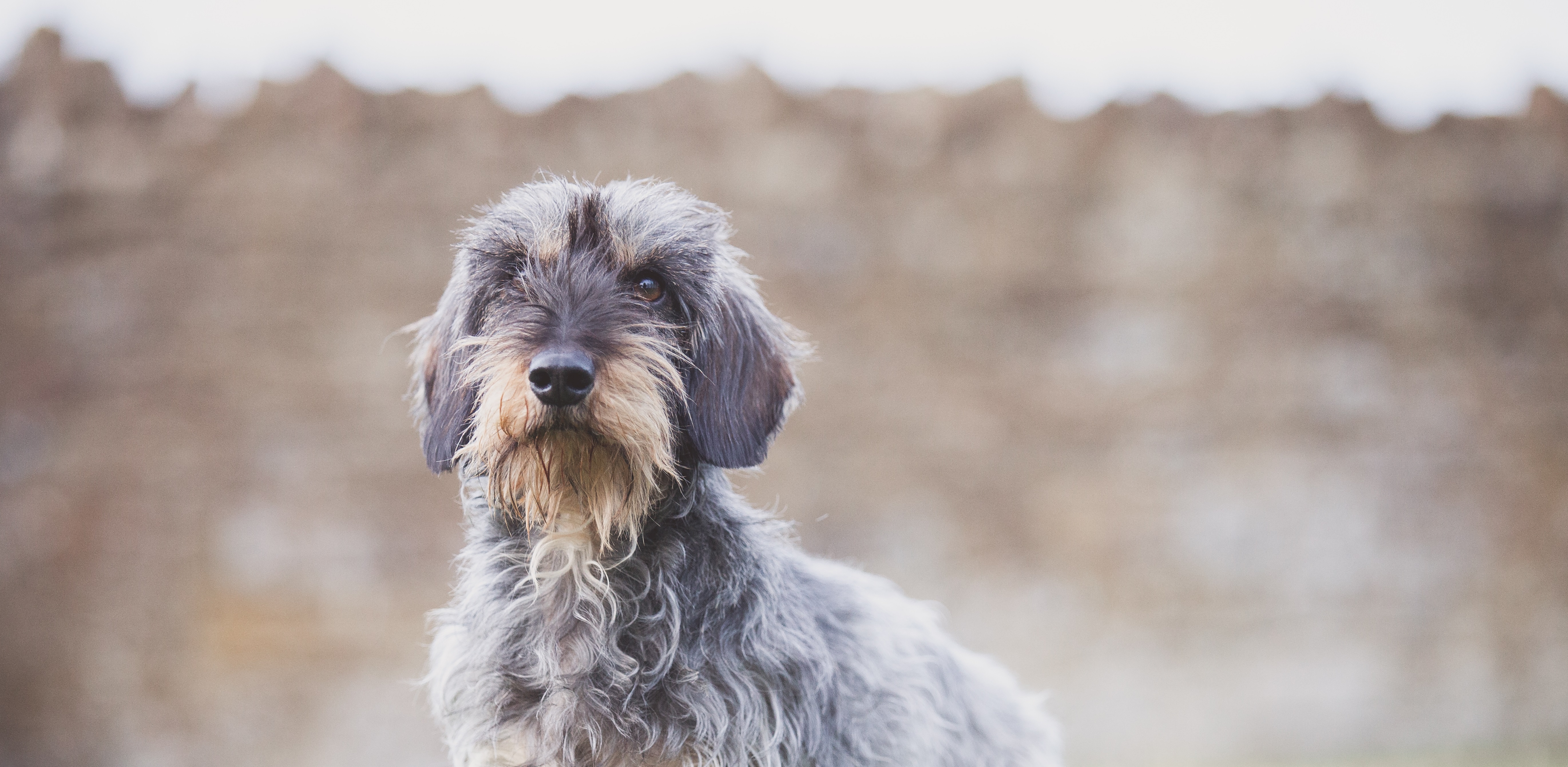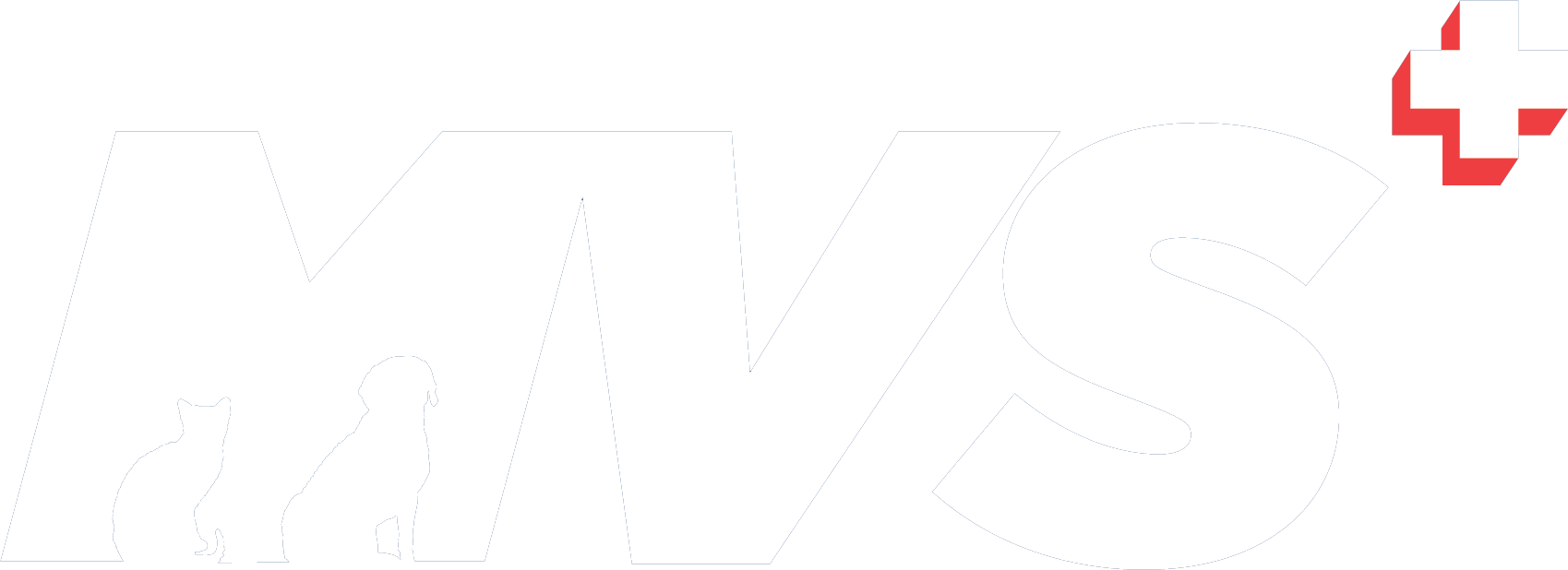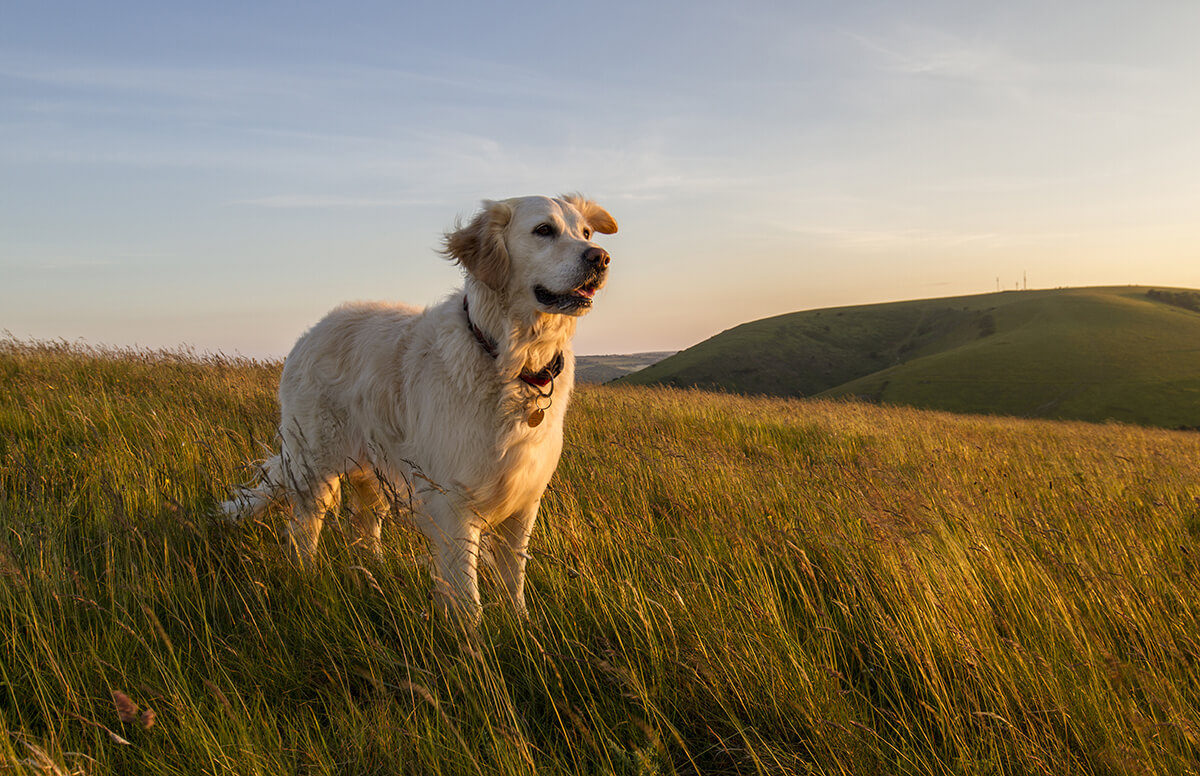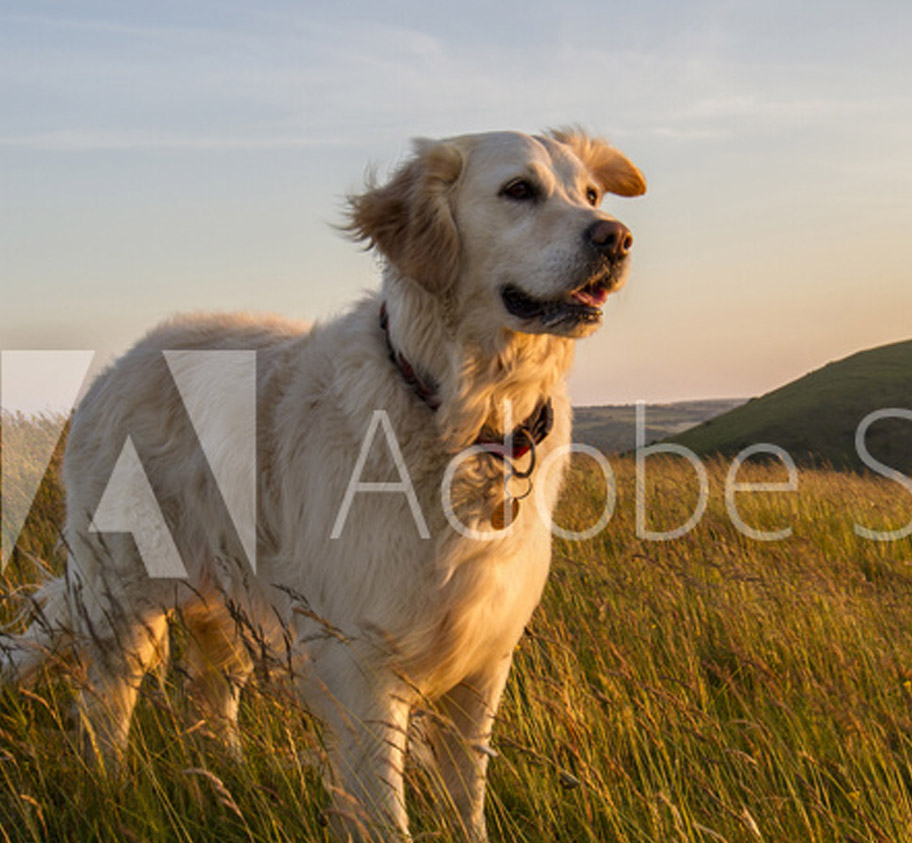
 Menu
Menu
Osteochondritis dissecans (OCD)

What is Osteochondritis dissecans (OCD)?
In a young growing animal, the skeleton starts off as almost all cartilage. As the animal grows, the cartilage will eventually turn into bone, with cartilage only present on the bone ends to form the joints. If there is a failure of the bone to form normally, a process called osteochondrosis or OC, a thicker than normal layer of cartilage develops. The joint cartilage receives nutrients from joint fluid but when the layer is thicker than normal, the nutrients cannot reach the deepest cartilage cells, which causes them to die. The adhesion of the cartilage to the bone is lost and a flap of cartilage, an OCD flap, elevates.
Causes of OCD
The exact cause of this condition is not fully understood but could relate to genetics, nutritional imbalance, trauma etc. This condition can develop in very young dogs with signs occurring in puppies as young as 4 months.
Effects of OCD on a joint
When the cartilage flap elevates and the underlying bony tissue is exposed, an inflammatory process will start to develop (osteoarthritis). This will progress with time but the rate can depend on the individual and also on the joint affected. Some joints tolerate the changes better than others and the location of the cartilage defect may also limit the progression.
Joints affected
This condition has been described in many joint within the body
More common areas
- Shoulder
- Elbow
- Tarsus (hock / ankle)
- Stifle (knee)
Less common joints
- Carpus (wrist)
- Spine
Treatment options
Shoulder
Cartilage flap removal can lead to very good outcomes for OCD in the shoulder. This is typically performed via arthroscopy (key-hole) surgery to minimise postoperative discomfort. In certain cases an open approach may be required where routine surgery is performed to remove the cartilage flap. Once the OCD flap is removed, the exposed bone bed is debrided to encourage fibrocartilage to develop.
Elbow
See the specific section on elbow OCD
Tarsus
The size of the cartilage flap varies markedly with some dogs having a small area affected and others having almost the entire ridge of the talus involved. The tarsus, similar to the elbow, is an unforgiving joint and this condition can lead to significant discomfort.
Management can be non-surgical with body weight control, exercise control and standardisation, physical therapy, anti-inflammatory pain killers and dietary supplements.
Arthroscopy or open surgery can be performed to remove the fragments. This often leads to improved comfort in the short term but longer term outcomes are unpredictable.
In the most severe cases, when osteoarthritis is significant and the patient has a very uncomfortable joint, arthrodesis of the joint may be required. Pantarsal arthrodesis is where the entire tarsus or hock joint (the equivalent of the ankle joint in a person) is fused at a fixed angle. This is a salvage procedure which eliminates pain and still allows the patient to bear weight on the leg. This is a very challenging procedure and complications are not uncommon. Complications include infection, failure of the implants i.e. bend or breaking of the pins, bone plates or screws, failure of fusion and damage to the blood supply to the foot.
Stifle
The cartilage flap can develop on the medial (inside) or lateral (outside) condyle of the femur. The joint becomes swollen and uncomfortable.
Management can be non-surgical with body weight control, exercise control and standardisation, physical therapy, anti-inflammatory pain killers and dietary supplements.
Arthroscopy or open surgery can be performed to remove the fragments. This often leads to improvement in the short to medium term but longer term outcomes are unpredictable.
Cartilage replacement has been reported where articular cartilage is harvested from an unaffected part of the joint and used to replace the cartilage defect. Although this appears a promising technique the long term outcome data is lacking.
In very severe cases where the stifle becomes painful and poorly functioning, total knee replacement can be considered.
Carpus
This is a very rare location for OCD and the defect develops on the articulating surface of the radius.
Management can be non-surgical with body weight control, exercise control and standardisation, physical therapy, anti-inflammatory pain killers and dietary supplements.
Arthroscopy can be performed to remove the fragments. Given the rare nature of this condition the long term outcome is unknown.
In the most severe cases, when osteoarthritis is significant and the patient has a very uncomfortable joint, arthrodesis of the joint may be required. Pancarpal arthrodesis is where the entire carpus (the equivalent of the wrist in a person) is fused. This is a salvage procedure which eliminates pain and still allows the patient to bear weight on the leg. Complications are less common that with pantarsal arthrodesis but are similar in nature i.e. infection, failure of the implants, failure of fusion and damage to the blood supply to the foot and skin of the foot.
Spine
This is again is a rare type of OCD. The lesion forms at the ends of the vertebral bones (end plates). This can cause pressure on the spine or spinal nerves causing discomfort and sometimes paralysis of the affected area i.e. tail or back legs.
This condition can be treated non-surgically with body weight control, exercise control and standardisation, physical therapy, anti-inflammatory pain killers and dietary supplements. However, if signs are severe, surgical removal of the damaged area of end plate may be required. This is performed by open approach spinal surgery. The outcome can be very satisfactory particularly in terms of pain relief. Some nerve deficits may persist.
Stay in touch
Follow us on social media and keep up to date with all the latest news from the MVS clinic.



